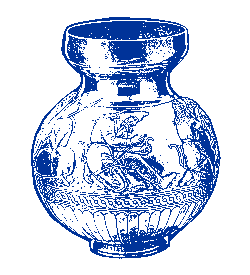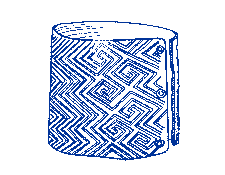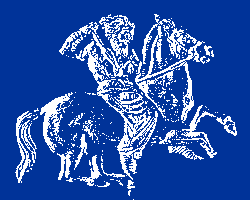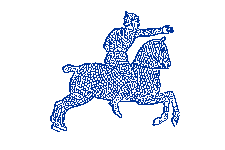Although the Romans were ignorant of soap as a cleanser until 2nd century A.D. the Scythians of Ukraine probably as early as the 7th century B.C. were using soap to wash their hair according to the Greek historian Herodotus.
It might be mentioned that wine making probably originated about 5,000 years ago just 200 miles southest of Ukraine in the Caucasus, possibly Georgia, according to James and Thorpe (p. 328-29). So wine has probably been in Ukraine from the very earliest time.
The Scythians of Ukraine shocked the Greeks and Romans because they drank their wine full strength, straight and not mixed with water in the Greek tradition. The ancient Greeks had a saying "drinking the Scythian way" which was to drink wine straight. James and Thorpe seem to be unaware that ancient Scythia was located only in Ukraine not in Russia so they are in error to call the Scythians "ancient Russian people" (p. 331). Incidentally, we use the term Ukrainian Scythians to dinstinguish them from the culturally related Asian Pazyryk people in Siberia who were also called Scythians.
The Scythians were described by Herodotus 2,500 years ago as having small tents which served as vapor baths or saunas. However, the Scythians also improved their vapor steam baths by burning cannabis (marijuana or hashish) on hot stones so they got high along with their steam bath. Herotodus said innocently, "The Scythians enjoy it so much that they howl with pleasure." He said that the Scythian vapor bath of Ukraine gave off "a vapor unsurpassed by any vapor bath one could find in Greece" (p. 448).
Trajan's Column in Rome, built about 115 A.D., has a figure of an armored cavalryman, whose horse also has chain armor. He is probably a Sarmatian from Ukraine although James and Thorpe mistakenly say he is from southern Russia (p. 211).
Greek Fire was a kind of flamethrower weapon. The fleet of King Ihor (or Igor) of Kiev encountered Greek Fire during his 941 A.D. invasion of Byzantium according to the RUS (not Russian) chronicler in the Primary Chronicle. The Chronicler wrote: "The Greeks possess something like the lightning in the heavens and they released it and burned us. For this reason we did not conquer them." However, according to tradition, King Oleh in 907 A.D. did mount his shield on the Gates of mighty Constantinople.
 Gold vase with Scythian stringing his bow, probably Scythes, son of Hercules, who is successful and becomes King of Scythia on the territory of Ukraine. |
One military invention not mentioned by James and Thorpe was the short bow invented by the Ukrainian Scythians which was designed especially for use on a horse. A Scythian could gallop on his horse and shoot back a dozen arrows a minute at a pursuing enemy which is a feat impossible with an ordinary bow. The Scythian bow was short with the ends curled forward. It has come down to the present day as the bow of Cupid who uses it to shoot his arrows of love.
 Cupid uses the Scythian bow from Ukraine to shoot his arrows of love (New York Times). |
The authors Peter James and Nick Thorpe are English scholars and specialists in ancient history and archeology. Overall Ancient Inventions is an excelllent book with fascinating information. Although we have concentrated on the Ukrainian aspects of the book this is only a very small part of the work. The book, which we highly recommend, gives us renewed respect for the genius of the ancient peoples and it provides "a wonderful celebration of the endless inventiveness of the human mind." A.G.



No comments:
Post a Comment